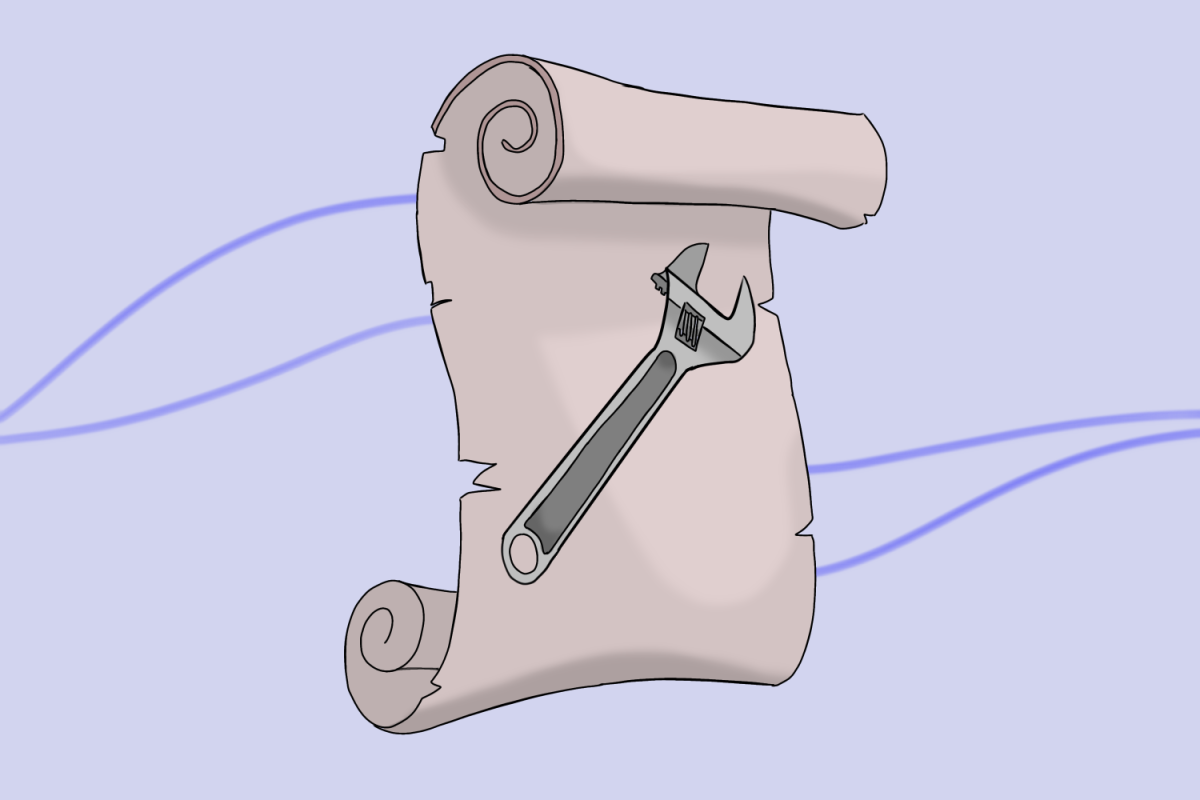Even though the first Earth Day occurred in 1970, the holiday continues to encourage environmental protection decades later.
Up until 1970, humans were immensely ignorant of the growing problems and concerns of industrial developments. One hundred fifty years of new technologies may have partly helped society at this time but were causing more damage to the Earth’s health. However, as Rachel Carson’s 1962 Silent Spring became more popularized, people became more conscious of how their habits were slowly destroying the Earth.
In 1969, Denis Hayes, a young activist who was recruited by and worked alongside Wisconsin Sen. Gaylord Nelson, chose Apr. 22 as the date of Earth Day since it fell between Spring Break and Final Exams to maximize student participation.
Eventually, Earth Day included more than just students. It inspired 20 million Americans to participate in the movement and creation of the Environmental Protection Agency in 1970, which was when Sen. Nelson officially created the day. Despite Earth Day initially being celebrated in the United States, in 1990, the day went global and involved more than 200 million people in 141 countries. As more and more environmental problems progress, Earth Day does as well, with more than 1 billion people every year engaging in activities to help protect and better the planet.
Kaitlyn Dupré, the marketing manager at Keep America Beautiful (KAB), said, “Earth Day is a movement, inspiring each of us to take action for our planet. We believe it is now as important as ever that individuals, organizations, the government, businesses, and more come together, celebrate our communities, and protect the environment for generations to come.”
KAB was founded in 1953 and is the largest community improvement organization in the United States that focuses on community restoration and resilience through many different forms.
KAB has several long-term goals, including ending littering, improving recycling, and beautifying communities. They also have several programs in place to achieve these goals and help the community get involved.
In the Bay Area, several organizations centered in San Francisco focus on bettering the Earth and helping the environment. Friends of the Urban Forest (FUF) is a San Francisco-based organization that plants and cares for trees on sidewalks and in gardens throughout the city. Since its foundation in 1981, FUF has planted more than 60,000 trees, intending to grow 1,500 to 2,000 trees per year.
Anna Wright, a community tree planting planner at FUF, mentioned the several events that FUF does throughout April to celebrate Earth Day.
“April’s a really busy month; we have a lot of engagement from people that we don’t otherwise interact with. So in a normal year, we would probably have a lot of tree planting events,” Wright said. “This year, virtually, we’re doing letter-writing campaigns with corporate groups asking them to write letters to their neighbors to get support or to potential donors to support us.”
Even though Earth Day has the most prominent association with helping the planet, it is becoming more common to adjust daily behaviors and become more conscientious of everyday actions. In 2019, the trend of using hydro flasks and other environmentally friendly products had a significant increase, leading to an effort to save marine animals. These trends became widely popular and encouraged helpful behaviors throughout the world, one of many steps taken to protect the Earth.

I grow some of my own vegetables and fruits, not a lot, but some. I try to walk places that I can and take the bus and the train to use up less gas. My family uses an electric car, which still isn’t the best solution for the environment, but it’s much better than petroleum-fueled cars.
— Natalie Tobias
Kaitlyn White, a sophomore at Visalia Unified School District, shared her thoughts on what she has done and what society can do to better its environmental footprint.
“Last year with the ‘save the turtles [movement],’ I know everyone made fun of it, but a lot of people, including myself, did buy reusable straws. I feel like if we influence saving our Earth through [the] media, it will create a bigger span and allow for more people to be educated,” White said. “We can’t just use disposable things all the time because it will ruin our planet, and I feel like the more we talk about it, the more it helps us.”
About 60-80% of all marine debris is composed of plastic. Manufactured materials like wood, paper, metal, and plastics, are marine debris found on beaches worldwide and at different depths of oceans. According to Ocean Conservancy’s Trash Free Seas Alliance, nearly 8 million metric tons of plastic enter the ocean every year. Trashed oceans cause many problems for both sea animals and humans. Underwater organisms view the trash as food, affecting humans’ health since the animals contain plastic and toxins. Ocean Conservancy has organized ocean clean-ups throughout 152 countries within the past 25 years to combat this problem.
“I think we can do a lot at the local level and the broader level; we need people in and out of office pressuring their elected officials to make the right choices and hold corporations accountable,” Wright said. “But also, we need people engaging and remembering why it’s important. Going on a walk in the park, picking up trash, taking care of your neighborhood, and learning about the history of the land that you live on.”




























